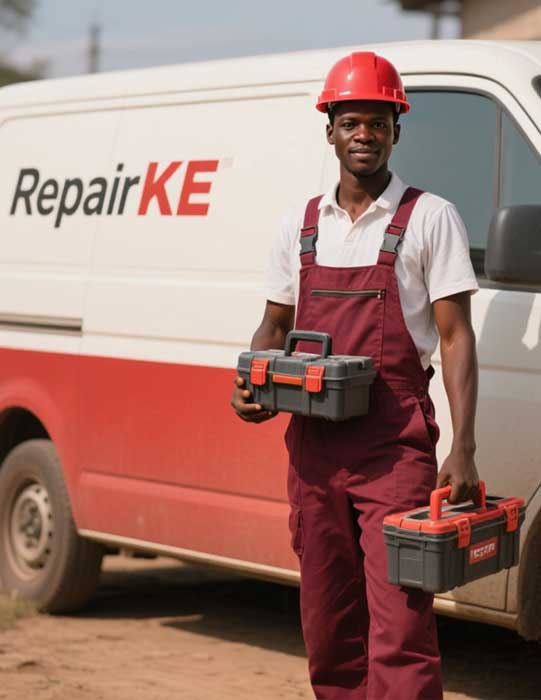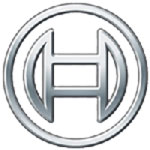
4 Reasons Why a Washing Machine Won't Let in Water
1. Clogged or Kinked Water Inlet Hose
A common reason a washing machine won't let in water is a clogged or kinked water inlet hose. These hoses connect the machine to the water supply, and over time, debris like sediment or mineral deposits can accumulate, restricting water flow. A kinked hose, caused by improper installation or movement of the machine, can also block water entry. Inspect the hose for visible bends or twists and straighten them if possible. For clogs, disconnect the hose and flush it with water or use a soft brush to clear blockages. Regular maintenance, such as cleaning the hose every six months, can prevent this issue. If the hose is damaged or excessively clogged, replacing it is a cost-effective solution, with new hoses costing between KSh 1,000 and KSh 3,000 in Kenya.
"A simple hose inspection can save you from costly washing machine repairs."
— RepairKE Technician
2. Faulty Water Inlet Valve
The water inlet valve controls the flow of water into the washing machine. If it’s faulty, water won’t enter the drum, even if the hoses are clear. This valve can fail due to electrical issues, such as a burnt-out solenoid, or mechanical problems like wear and tear. Test the valve using a multimeter to check for continuity; a lack of continuity indicates a need for replacement. In Kenya, water inlet valves cost between KSh 2,500 and KSh 6,000, depending on the machine’s brand and model. Professional diagnosis is recommended, as accessing the valve requires technical expertise. Regular servicing can extend the valve’s lifespan, but replacement is often necessary for older machines.
"A faulty inlet valve is a common culprit behind water flow issues in washing machines."
— Appliance Repair Expert
3. Low Water Pressure or Supply Issues
Low water pressure or disruptions in the water supply can prevent a washing machine from filling. In Kenya, inconsistent water supply, especially in urban areas during dry seasons, can affect machine performance. Check if the water tap connected to the machine is fully open and delivering adequate pressure. A pressure of at least 20 psi is typically required for most machines. If the tap is functional but pressure remains low, the issue may stem from municipal supply problems or a clogged household water filter. Installing a booster pump, costing around KSh 10,000 to KSh 20,000, can resolve chronic low-pressure issues. Always verify the water supply before assuming a machine fault.
"Water pressure below the manufacturer’s requirement can halt your washing machine’s operation."
— Plumbing Specialist
4. Malfunctioning Pressure Switch or Control Board
The pressure switch or control board regulates water levels in the washing machine. A malfunctioning pressure switch may incorrectly signal that the drum is full, preventing water from entering. Similarly, a defective control board, which manages the machine’s functions, can fail to activate the water inlet valve. These issues often arise from electrical surges or prolonged use. Diagnosing a faulty pressure switch requires checking the air tube for blockages or testing the switch with a multimeter. Control board issues are more complex and may require professional repair or replacement, costing between KSh 5,000 and KSh 15,000 in Kenya. Regular maintenance and surge protectors can help prevent these failures.
"Electrical components like the pressure switch are sensitive to power fluctuations common in Kenya."
— RepairKE Engineer




